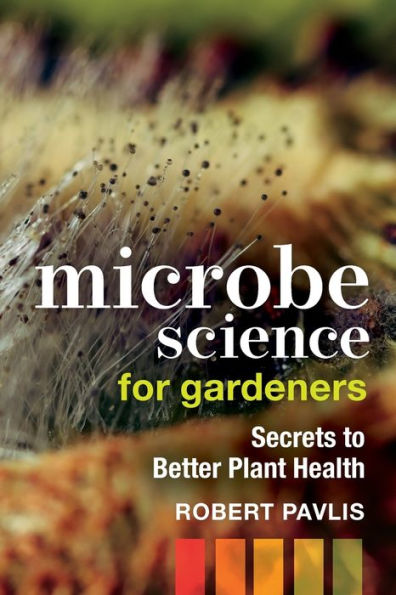Table of Contents
1. Introduction Why Learn About Microbes?
Terms Used in This Book
2. The World Under a Microscope
Microbes by the Numbers
Microbes Are Important to Plants
Microbes Can Harm Plants
Gardeners Affect Microbes
How Do Microbes Move Around?
How Much Do We Really Know?
3. Bacteria
How Do Bacteria Eat?
Where Do Bacteria Live?
Life Cycle of Bacteria
Nitrogen-Fixing Bacteria
4. Fungi
What do Fungi Eat?
Where Do Fungi Live?
Life Cycle of Fungi
Pathogenic Fungi
Mycorrhizal Fungi
5. Yeast
Life Cycle of Yeast
Yeast-Plant Interactions
Yeast in Hellebore Nectar
Yeast Creates Alcoholics
Yeast on Leaves
Yeast in Soil
A Bioindicator of Air Quality
A Possible Solution to Plastic Pollution
6. Nematodes
7. Protozoa
Life Cycle of Protozoa
Nutrient Cycling
Protozoa-Plant Interactions
Plant Diseases
8. Viruses
Viruses in Soil
Life Cycle of a Virus
The Spread of Viruses
Virus Infection of Microbes
Virus Infection of Plants
Rapid Mutation
Beneficial Interaction with Plants
9. More Microbes
Archaea
Actinomycetes
Cyanobacteria
Algae
10. Microbe Communities
Microbe Communities and Microbiomes
Signaling Between Microbes
Microbes Attack Microbes
Mycorrhizal Interactions
Lichens
11. Plants Love Microbes
Nutrient Availability
The Phyllosphere
Rhizosphere
Rhizophagy Cycle
Seed Microbiome
12. Manipulating Microbes
Fungal-to-Bacterial Ratio
Effect of Agriculture
Biodiversity
13. Bioinoculants for the Garden
Bioinoculants for Seeds
Bioinoculants as a Foliar Spray
Bioinoculants for Soil
Microbes Are No Longer Living
Should Gardeners Use Commercial Bioinoculants?
Compost Tea
14. Pathogens
You Suspect a Disease—What Now?
List of Plant Diseases
Fighting Plant Diseases
Commercial Pesticides
Human Diseases
Endnotes
Index
About the Author
Also by the Author
About New Society Publishers



